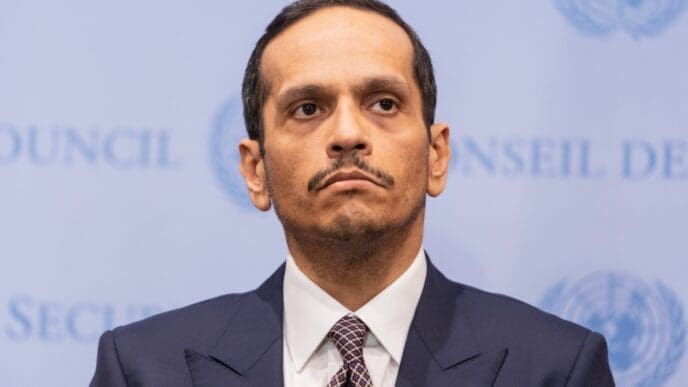The Chief Medical Officer of the First Nations Health Authority in British Columbia has emphasized that despite a recent decline in deaths caused by toxic drugs, the critical need for life-saving interventions remains. The public discourse is reportedly marred by misinformation, which could undermine efforts to address the crisis effectively. Indigenous Peoples continue to face disproportionate impacts, highlighting the urgency for ongoing and targeted measures.
In a recent news conference in North Vancouver, Dr. Cornelia (Nel) Wieman presented data indicating that while there was a 6.8 percent decrease in fatalities among Indigenous people from the previous year, their death rate from toxic drug overdoses remains alarmingly high—6.7 times greater than that of other residents in British Columbia. This disparity underscores the necessity for the B.C. Health Ministry to adopt solutions that specifically address Indigenous issues.
Dr. Wieman stressed the importance of combating disinformation and harmful narratives surrounding the crisis and harm-reduction strategies. These sentiments were echoed by Dr. Bonnie Henry, the provincial health officer, who acknowledged some progress but cautioned against complacency. She highlighted the effectiveness of accessible resources such as naloxone, safe spaces for drug testing, and open communication channels with trusted individuals, all of which are crucial in reducing harm and saving lives.
Health Minister Josie Osborne reflected on the ongoing impact of the toxic drug crisis, which has claimed over 16,000 lives since 2016. Osborne reiterated the commitment to saving lives and fostering recovery by reducing stigma and enhancing access to care. Addressing the crisis involves tackling complex issues such as trauma, mental health challenges, poverty, and housing instability, which require a compassionate and multi-faceted approach.
Community Impact
The sustained focus on harm-reduction measures and targeted interventions for Indigenous communities has significant implications for public health and community well-being in British Columbia. For individuals and families affected by the toxic drug crisis, these efforts offer a lifeline and a path toward recovery. Ensuring access to life-saving tools and support services can significantly enhance the quality of life for those struggling with substance use and reduce the overall burden on healthcare systems.
On a broader scale, addressing misinformation and harmful rhetoric is vital for fostering public understanding and support for harm-reduction strategies. By combating stigma and promoting evidence-based approaches, communities can cultivate a more inclusive environment that prioritizes care over judgment. This shift could lead to enhanced cooperation among stakeholders and the development of more effective solutions to mitigate the crisis, ultimately benefiting both Indigenous and non-Indigenous populations across the province.












